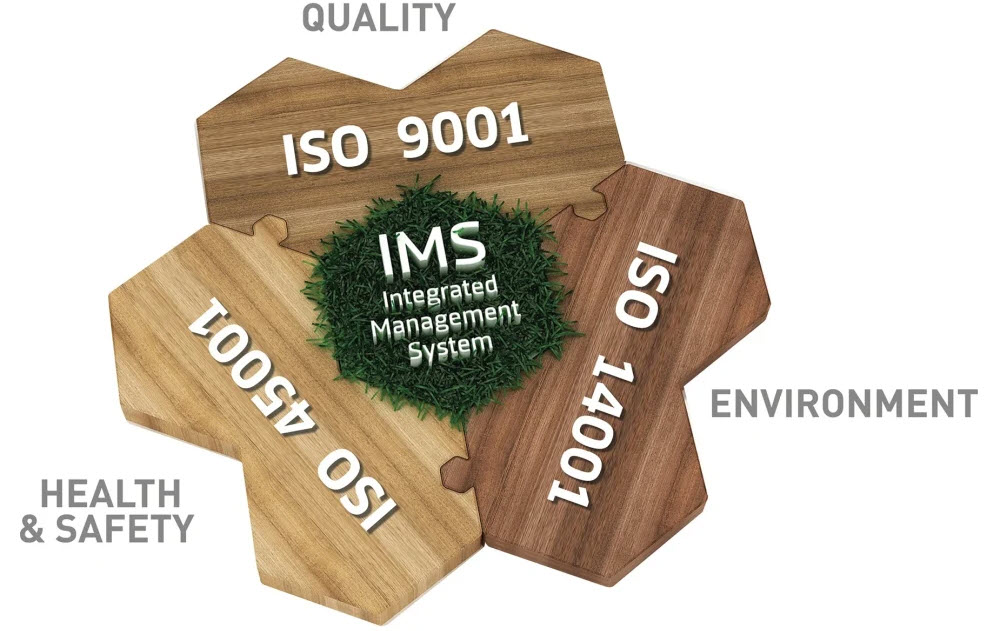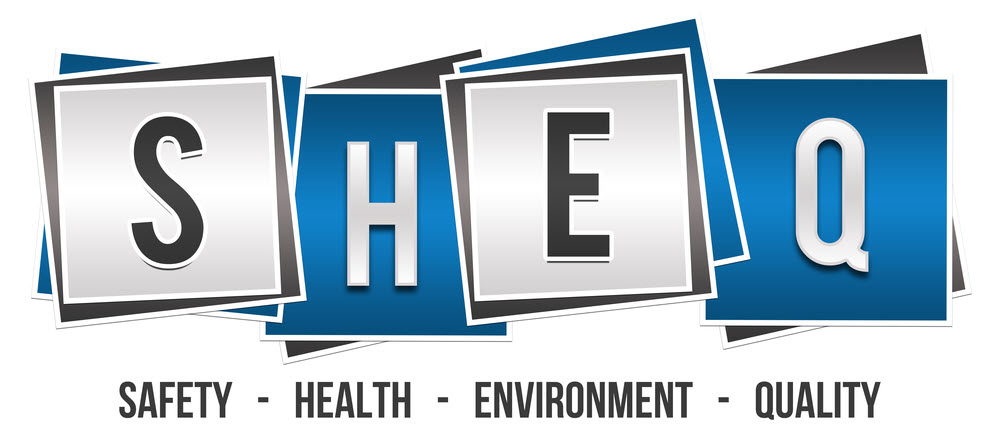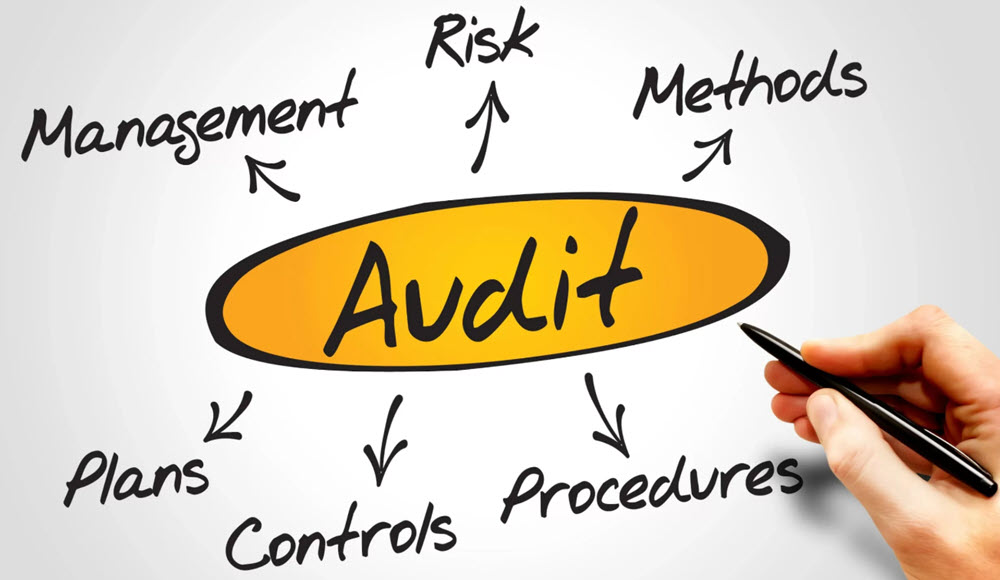EQMS Blog

Converting an EMS to IMS
Many organisations begin their compliance journey by implementing a single management system, such as for example an Environmental Management System (EMS) in line with ISO 14001. However, as businesses grow and face increasing regulatory, operational and stakeholder demands, the need to manage multiple aspects, such as quality, health & safety, and information security becomes apparent. This is where transitioning from an EMS to an Integrated Management System (IMS), offers a strategic advantage.
Converting an EMS to IMS can streamline processes, reduce duplication of effort, and create a more cohesive approach to risk management and continual improvement. We will cover considerations, benefits, and steps involved in integrating your EMS into a broader IMS framework.
Why Convert an EMS to IMS
The transition from EMS to IMS is often driven by the need for operational efficiency, consistency, and improved governance. While an EMS focuses specifically on environmental aspects, an IMS brings together multiple standards such as ISO 9001 (quality), ISO 45001 (health & safety), and ISO 27001 (information security), under a single unified system.
Strategic Alignment
Integrating systems allows an organisation to align all management processes with its strategic direction. This holistic approach improves decision-making and ensures that environmental, quality, and safety considerations are embedded across all operations.
Efficiency and Cost Savings
By converting an EMS to IMS, organisations can eliminate duplicate documentation, streamline internal audits, and reduce administrative overhead. For example, shared procedures for document control, training, and risk assessment mean less time and fewer resources are required for compliance management.
Enhanced Communication and Culture
An IMS promotes cross-functional collaboration and creates a culture of shared responsibility for organisational performance. Staff become more engaged when they understand how their actions impact not just the environment but also quality, safety, and customer satisfaction.
Simplified Certification Process
Certifying multiple systems individually can be time-consuming and expensive. Integrating them allows for combined audits, reducing disruption and external audit costs.
Key Steps in Converting an EMS to IMS
Successfully converting an EMS to IMS involves careful planning, stakeholder involvement and a clear understanding of the requirements of the standards being integrated.
Conduct a Gap Analysis
The first step is to evaluate your existing EMS against the requirements of the other ISO standards you intend to integrate. A gap analysis identifies what systems, processes, or controls are already in place and highlights areas that require development.
Focus areas may include.
- Context of the organisation and interested parties.
- Leadership and governance structures.
- Risk management processes beyond environmental risks.
- Legal and compliance obligations for other domains (e.g., workplace health & safety).
- Objectives and performance metrics across different functions
This analysis will structure the roadmap for developing your IMS and allocating responsibilities.
Align Common Requirements
Many ISO standards follow the Annex SL structure, which provides a high-level framework with shared clauses such as.
- Clause 4: Context of the organisation
- Clause 5: Leadership
- Clause 6: Planning
- Clause 7: Support
- Clause 8: Operation
- Clause 9: Performance evaluation
- Clause 10: Improvement
This alignment makes it easier to transition from EMS to IMS, because you can create integrated policies, procedures, and objectives that serve multiple purposes. For example, a single internal audit programme can be designed to assess compliance with all integrated standards.
Update Documentation and Processes
Integrating management systems requires revising or creating documents that reflect the broader scope of the IMS. This may include:
- Updating the environmental policy to become an integrated management policy
- Consolidating risk registers to include quality, safety, and environmental risks
- Standardising processes for training, communication, and corrective action
Where possible, adopt process-based documentation that reflects how work is actually done across departments, rather than maintaining separate procedures for each standard.
Engage and Train Staff
The success of converting an EMS to IMS relies on staff understanding their new roles and responsibilities. Communicate the purpose and benefits of integration clearly, and provide training tailored to the areas that will be most affected.
Cross-training staff can build internal resilience and improve versatility, allowing employees to contribute more broadly to audits, risk assessments, and process improvements.
Conduct Internal Audits and Management Review
Before seeking certification for your integrated system, conduct an internal audit to evaluate whether the new IMS is functioning effectively. This should be followed by a management review that assesses performance across all integrated areas and ensures alignment with strategic goals.
Both audits and reviews should reflect the integrated nature of the system, providing leadership with a holistic view of performance, compliance, and opportunities for improvement.
Maintaining and Improving Your IMS
Once the EMS has been successfully converted into an IMS, the focus shifts to sustaining and improving the system over time.
Ongoing Integration
As new standards or business priorities emerge, such as ISO 27001 for information security or ISO 22301 for business continuity, organisations can continue expanding their IMS without creating silos.
Continuous Improvement
An IMS supports a culture of continuous improvement by enabling data-driven decision-making, shared learnings, and innovation across departments.
Stakeholder Confidence
Clients, regulators, and investors are increasingly looking for organisations that demonstrate robust governance and integrated thinking. An effective IMS enhances reputation and builds trust.
Conclusion
Converting an EMS to IMS is more than just a compliance exercise; it is a strategic transformation that enhances operational efficiency, reduces risks, and improves organisational performance. By aligning environmental management with other core business processes through an Integrated Management System, organisations can achieve lasting value, resilience, and competitive advantage.
Whether you’re just starting out or already certified to ISO 14001, taking the step from EMS to IMS is a forward-thinking move that positions your organisation for sustainable growth and continuous improvement.
If you are considering implementing an Integrated Management System (IMS) within your organisation, feel free to contact us to discuss how we can help. Our IMS Consultants can support you on the journey of achieving and effective IMS.
Continue to IMS Consultants
Request a free consultation
Contact us to discuss your needs and see how we can support to reach your goal.

Recent posts

In today's increasingly regulated and safety-conscious business environment, organisations must maintain rigorous standards across Safety, Health, Environment, and Quality (SHEQ). These integrated disciplines are critical to ensuring operational excellence, legal...

Auditing plays a critical role in maintaining accountability, transparency, and continuous improvement within organisations. Whether conducted internally or by third-party auditors, the process of auditing is a vital mechanism to...

Health, Safety, and Environmental (HSE) audits are crucial for ensuring that organisations comply with relevant safety and environmental regulations. They not only help in maintaining a safe working environment but...
Just a Few of Our Clients
Request a Free Consultation
Contact us to discuss your needs and see how we can support to reach your goal.















